I was eagerly waiting for the night, ready with my ammunition. A bag full of it was hidden inside my almirah. Meanwhile, I kept a close eye on the preparations of the seniors. Everything seemed under control. I was eyeing an opportunity to raid their goodies. But there was still time for that.
I dressed up for the occasion. So did my siblings. We heard a loud burst outside. It was a signal.
“Let’s go”, I hollered to my siblings. The three of us ran away with our bags. All of our friends had gathered outside. Thus the display of ammunitions began.
There were chakris (spiral firecrackers), anars (triangular firecrackers), fuljhadis (sparklers), different types of bombs and of course rockets. Everyone was eager to show off who’s firework produced the loudest bang or the most wonderful display of colorful lights.
Even before the last of our firecrackers was burst there was another signal. Our father showed up. It was time for the diwali puja. We hesitated. But in the meantime, other parents had also turned up to get their children home. So, reluctantly we came back with our leftover ammunition.
After a quick wash, we joined them at the altar. But in our minds, we were already at the dinner table. Mom and dad performed the diwali puja but hardly any attention was paid to what they were doing. We were just attentive enough to sing the aarti. After gesturing a quick nod to the God, we went off with the prasad.
At the dinner table, we gorged on the sweets and the other ‘diwali special’ yummies. Our tummies hurt from eating too much but we were happy. Finally, we got the opportunity to lay our hands on the diwali gifts. They, like various experiences in life, ranged from bad to okay ones to good and great ones. Outside, there was an ever-growing layer of smelly smoke, incessant boom and scattered pieces of burnt firecrackers all over.
This was a typical diwali of our childhood. More focused on fireworks, food and festivities.
Now as an adult I feel that despite being born in a culturally rich country like India, I know little about my own culture beyond celebrating festivals and attending social events like weddings. I find myself particularly lost when it comes to things like religion.
I don’t blame my parents. They had an upbringing where there wasn’t much emphasis on being religious. As they came of age and gained varied experience, they acknowledged God with their adopted ways.
I have always believed myself to be more of a spiritual person so I never had much inclination to perform religious rituals. But Swamiji’s teachings have made me realize that I have never really committed myself to either. I have just been doing things as per my convenience.
Sadhana app is changing that. It is providing me what I missed out on as a child.
Through Sadhana app, I have been able to include vedic rituals for various activities like Abhishekam, Yagna, etc.in my daily life, something I would have never done on my own. The best part is that as it’s a mental process, we don’t have to worry about procuring various articles and their purity. And it suits our modern lifestyles, there is so much flexibility in terms of activities and time duration to choose from.
Dry rituals on their own may not be effective but when someone like Swamiji guides us, we are able to do them with more belief and sentiments. His voice reminds us that we must not slack off and keep on doing the sadhanas with enthusiasm and faith. Had it not been for Him, we won’t have been able to access these sadhanas digitally and most importantly, we won’t have been inspired to undertake any sadhana in this day and age.
Ultimately, it’s not books or scripts that are the carriers of our cultural heritage but the people making use of them. If we won’t practice our culture, it won’t live on its own. It needs its people.

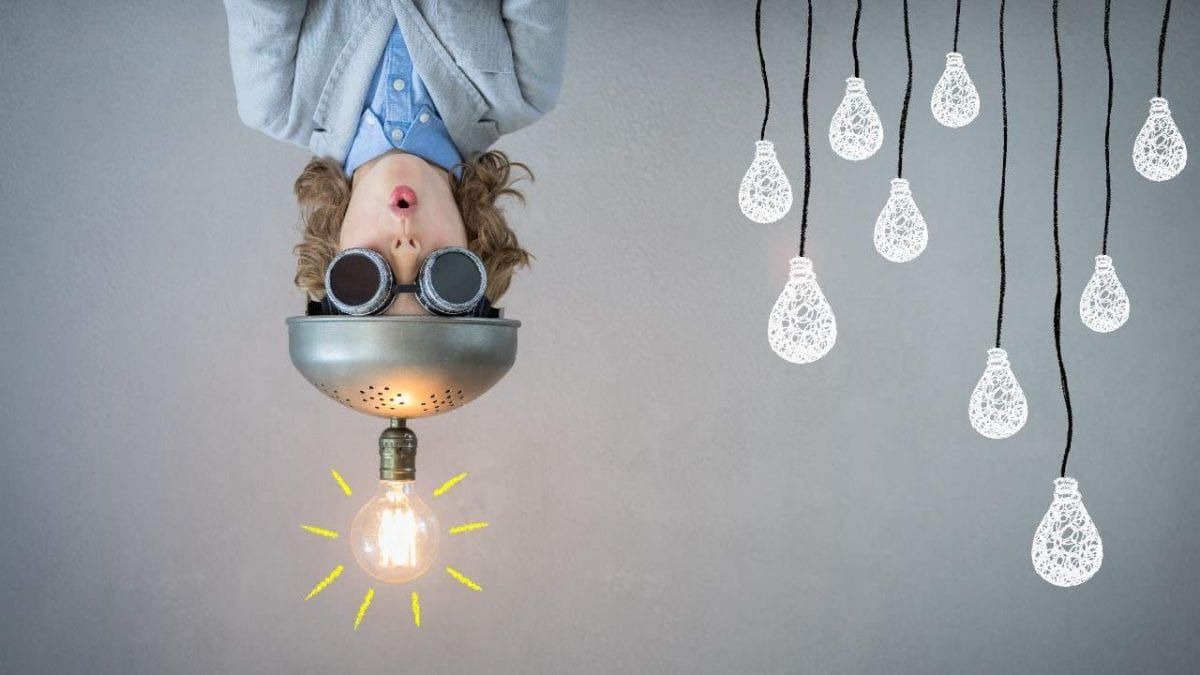
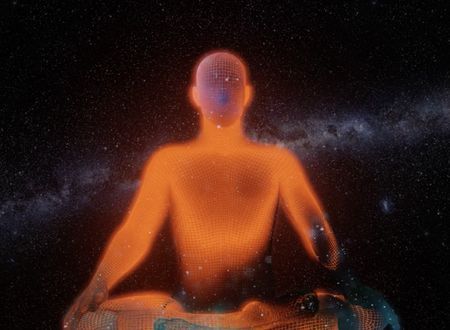
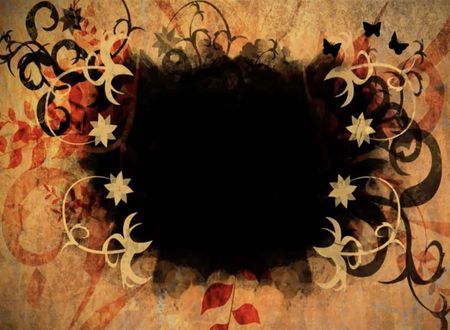

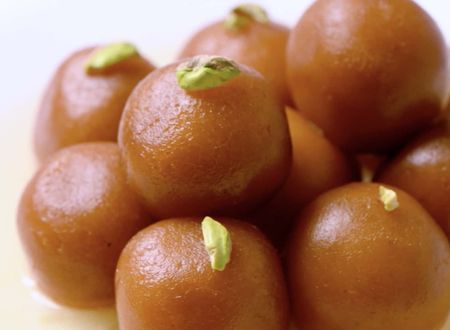
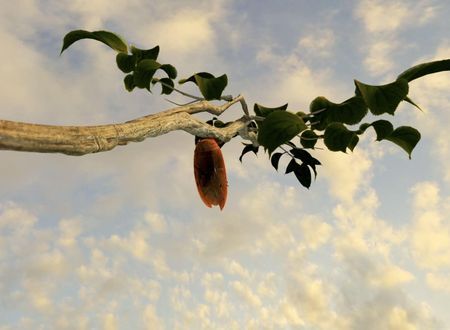


Comments & Discussion
4 COMMENTS
Please login to read members' comments and participate in the discussion.